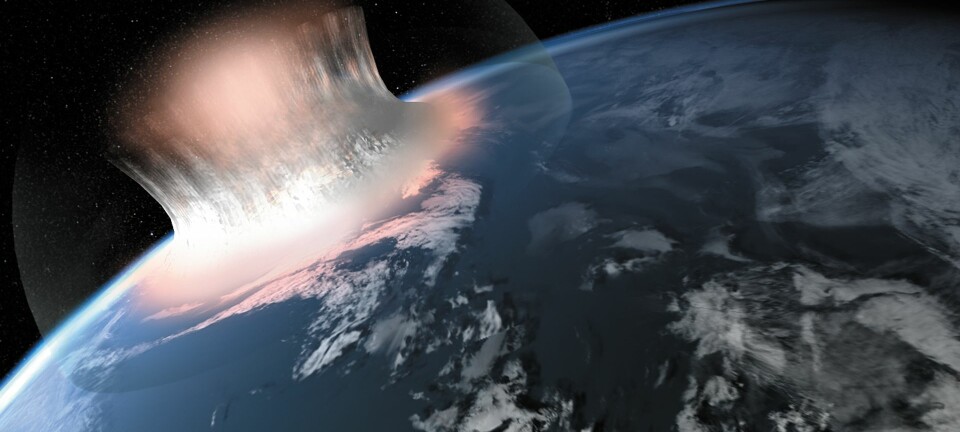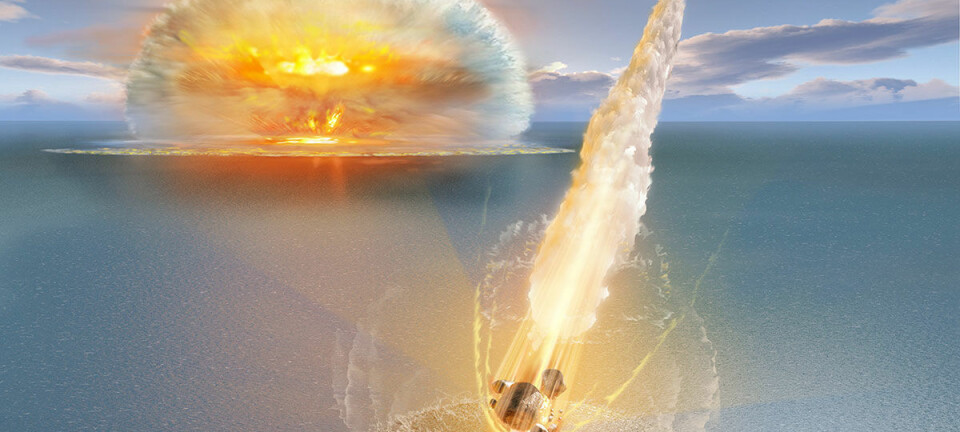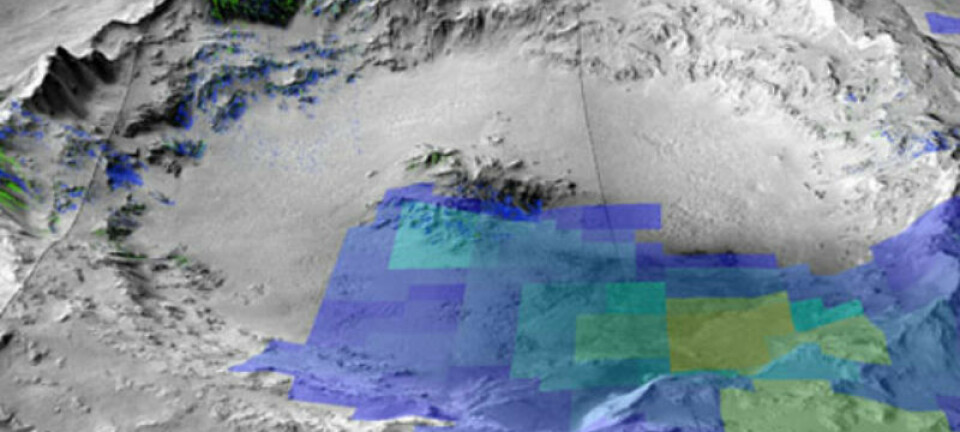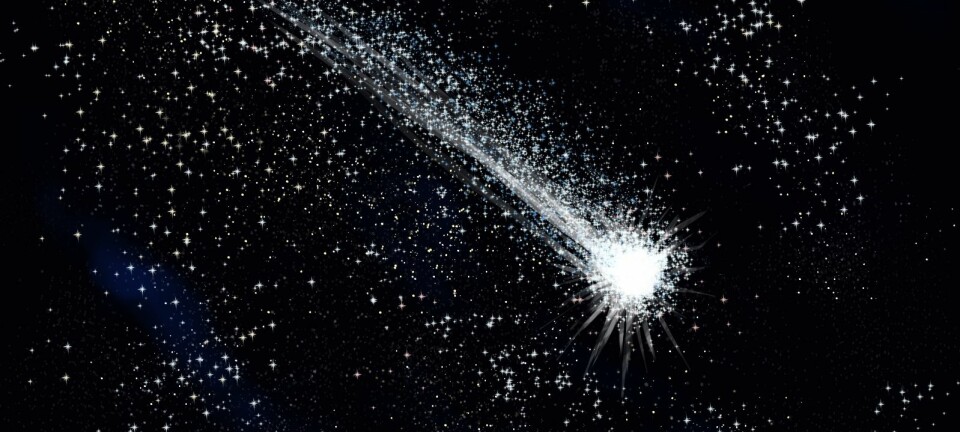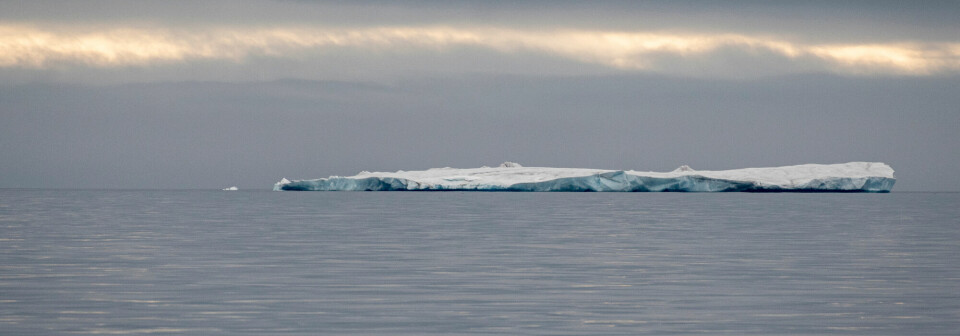
Mysterious meteorite sheds new light on the Solar System
A completely new type of meteorite discovered in Sweden suggests a previously unknown part of Earth’s history.
Scientists believe that a newly discovered meteorite in Sweden was once part of an asteroid that was pulverised in space, and that this might hint at a previously unknown part of the Solar System’s history.
“We build our knowledge on how the Solar System was formed by studying the meteorites that we find on Earth today. But we know nothing about how representative they are,” says lead-author Birger Schmitz from Lund University, Sweden.
“This discovery suggests that there’s a hidden piece of history that we don’t yet understand,” says Schmitz.
The study is published in the journal Nature Communications.
Unique geochemical composition
Meteorites are some of the oldest materials found on Earth. They are remnants from the early Solar System, which makes them one of the best ways of find out how the Solar System formed.
For example, scientists can see how their chemical composition has changed since the formation of the Solar System.
The newly discovered meteorite, that scientists have dubbed ‘Österplana 65’ was found in 470 million year old limestone and has a unique geochemical composition, never before seen on Earth, says Schmitz.
“We’ve lead an intensive search for fossil meteorites over the past 25 years, and our discoveries have received a lot of recognition. But in all this time, we’ve never seen this type of meteorite before,” says Schmitz.
Is Österplana 65 an ‘extinct’ meteorite?
Around 80 per cent of meteorites are what scientists refer to as ‘common meteorites.’ And they fall into one of three groups: H, L or LL, according to their iron content.
Österplana 65 was discovered alongside so-called L-chondrites--dust and particles from the early Solar System. These are some of the most common types of ‘common meteorites’ on Earth.
The scientists behind the new study theorise that Österplana 65 formed in a violent clash with an L-chondrite asteroid, around 500 million years ago. The many remnants of this parent asteroid would have fallen to Earth, and could explain why we see so many L-type meteorites today.
Österplana 65’s parent asteroid was probably destroyed in the collision, which might explain why no others have ever been found on Earth. If the scientists are right, it could mean that the newly discovered Swedish meteorite really is a one-of-a-kind extinct form of meteorite.
Asteroid belt holds clues about formation of the Solar System
The only remains from the formation of our Solar System are found in the asteroid belt between Mars and Jupiter. Scientists use telescopes to study the light coming off the asteroid belt, but their finding don’t match those based on meteorites found on Earth, says Schmitz.
One explanation could be that the new meteorite is very much older that the more ‘common meteorites’ found on Earth, and represent a time when the Solar System looked very different to how it does today, says Schmitz.
Perhaps something dramatic happened earlier on, which more recent ‘common meteorites’ contain no traces of.
“When the stream of meteorites reaching Earth changes, it’s because ‘something’ has happened somewhere in the Solar System. And that ‘something’ is very exciting,” says Schmitz.
“And if the meteorite stream hasn’t always been as it is now, then what changed? And when did these changes occur. They may even be coupled with changes here on Earth,” he says.
Meteorite composition could change gradually over time
It’s an exciting thought, says Ph.D. student Elishevah van Kooten, who also studies meteorites at the University of Copenhagen, Denmark.
“It’s correct that all of our knowledge about how the asteroid belt came to be, is based on the meteorites that we find today [on Earth]. It could well be that they looked very different half a million years earlier,” says van Kooten.
But we should not rush to conclusions about what exactly has changed, she says.
The surrounding limestone that the meteorite was found in is so old that it too could have influenced the mineral composition of the meteorite over time.
Even though Schmitz and his colleagues have taken this into account, it could still be a source of error, she says.
“Even the hardiest minerals may change over time. This meteorite has been encased in limestone for nearly 500 million years and since we don’t have many of this type, we don’t know exactly what could happen during this time,” says van Kooten.
But Schmitz disagrees.
There is a huge scientific literature on this topic and the techniques used to analyse these types of old samples, he says.
---------------------
Read the Danish version of this article on Videnskab.dk
Translated by: Catherine Jex
